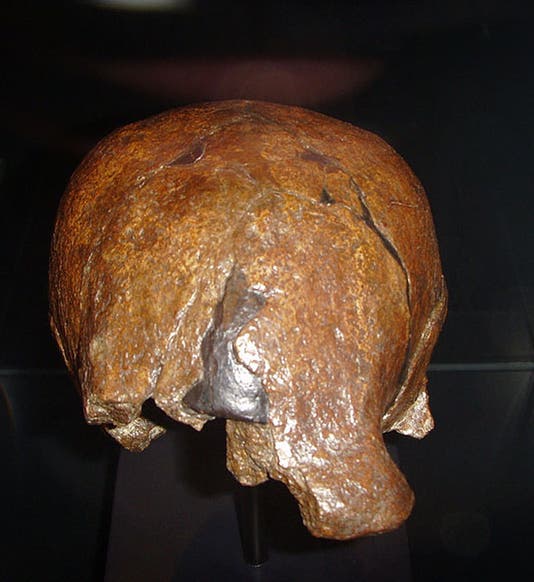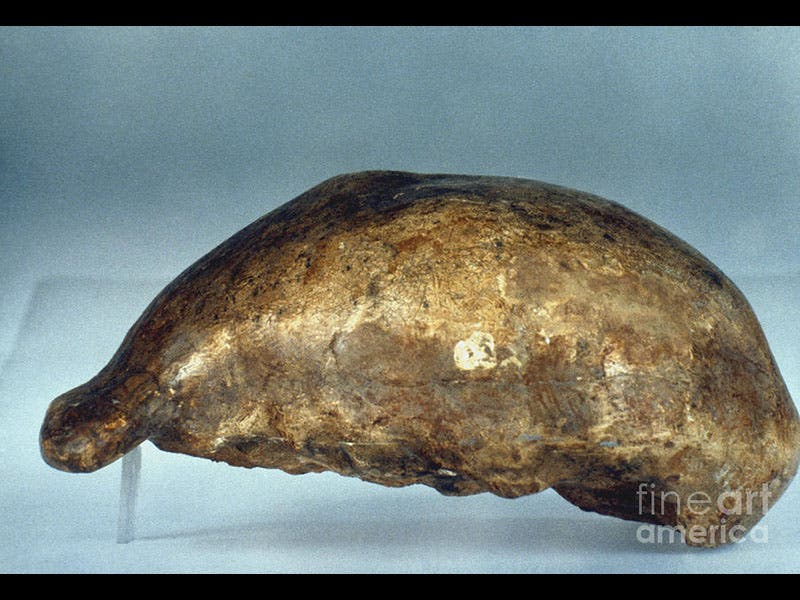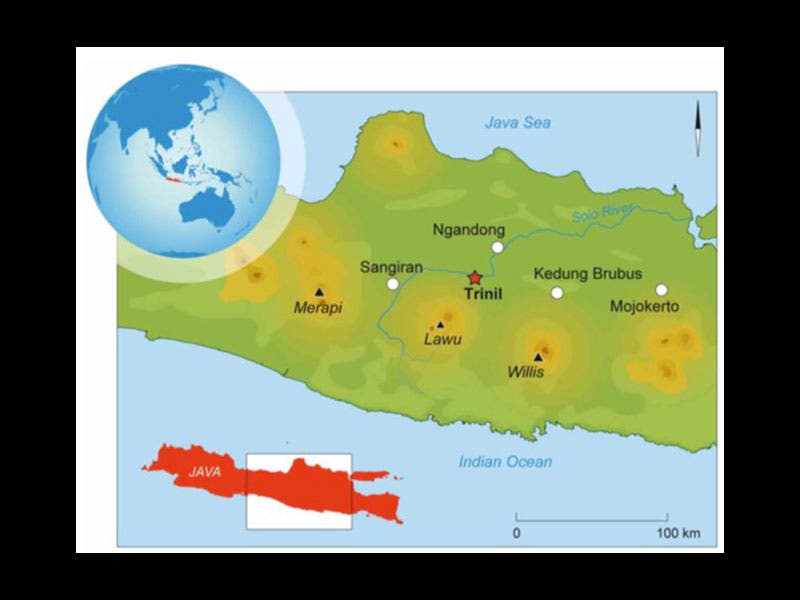Scientist of the Day - Gustav von Koenigswald
Gustav Heinrich Ralph von Koenigswald, a German/Dutch anthropologist, was born Nov. 13, 1902. In 1891, a Dutch physician, Eugene Dubois, had discovered a human-like calvaria (skull-cap) at Trinil, a site in central Java. Now known as Trinil 1, it is a very primitive skull (third image), smaller and with less cranial capacity than Neanderthal skulls, several of which had been discovered by this time. Dubois named his specimen Pithecanthropus erectus, and it was commonly known as Java man. In the 1930s, von Koenigswald began investigating other sites in Java, especially one named Sangiran, which was just up the Solo River from Trinil (see map, fourth image). Dubois had actually looked there back in the 1880s but had found no significant specimens. Von Koenigswald was more fortunate. In 1937, he found a calvaria that is very similar in size and shape to Trinil 1. It is known as Sangiran 2 (first image). It confirmed that Pithecanthropus erectus was indeed a well-defined hominin species.
In 1939, von Koenigswald took Sangiran 2 and other Java specimens to Peking, China, where he was able to compare them with specimens of "Peking Man" (Sinanthropus) that had been found in the late 1920s and subquently, at the site known then as Choukoutien. The principal investigator at the time was Franz Weidenreich, and von Koenigswald and Weidenreich agreed that there was no significant difference between the Java and Peking specimens and that they should be included in the same species. Since Pithecanthropus had been found and named first, all the specimens were moved under that heading. Later, it was decided that the Java and Peking specimens were really representatives of early humans in East Asia, and they were renamed Homo erectus.
Von Koenigswald’s Sangiran site has continued to be productive. In 1969, the most complete Homo erectus skull ever found in Asia was uncovered in Sangiran. It is known as Sangiran 17, and it may be seen in the Paleoanthropology Collection of the Natural History Museum, London (fifth image).
Von Koenigswald became a Dutch citizen in 1937, the year Sangiran 2 was discovered. The photograph shows him amidst his extensive Sangiran collection (second image).
Dr. William B. Ashworth, Jr., Consultant for the History of Science, Linda Hall Library and Associate Professor, Department of History, University of Missouri-Kansas City. Comments or corrections are welcome; please direct to ashworthw@umkc.edu.











